The European Space Agency (ESA) is taking bold steps towards a sustainable space environment through its Zero Debris Approach, aiming for net-zero space pollution by 2030. As part of this vision, ESA launched the CleanCube: Zero Debris for CubeSat Platforms SysNova Campaign under the Discovery & Preparation programme. This initiative invited the space community to rethink CubeSat platforms from the ground up, emphasising sustainability and debris mitigation. Complementing this effort, ESA is also advancing the development of large LEO Zero Debris satellite platforms, designed to conform to Zero Debris standards.
Objectives of the CleanCube campaign
The CleanCube campaign was designed to address the growing need for responsible CubeSat operations in increasingly congested orbital environments. The campaign focused on five core objectives:
- Reliable disposal at the end of life ensuring clearance from orbit within the required timeframe and system level reliability figure while minimising design impacts, including but not limited to reliable deorbiting systems, deorbiting strategies, and solutions for dead on arrival.
- Reliable passivation while minimising design impacts.
- Systems resilience and monitoring to avoid in-orbit failures preventing the disposal, including but not restricted to: Enhanced health monitoring, prognostic methods for failure prediction of COTS, monitoring of Probability of Successful disposal.
- Collision risk reduction, including but not restricted to improved collision avoidance capabilities while limiting impacts on operations and systems design, improving trackability and identification during commissioning phases.
- Optional: Design or operational solutions to mitigate visual brightness and reduce impacts on radio astronomy, particularly for CubeSat constellations, to preserve Dark and Quiet Skies
These objectives reflect ESA’s broader commitment to evolving satellite platforms in line with ESA Space Debris Mitigation Requirements (ESSB-ST-U-007 Issue-1) standard and beyond.
Campaign structure and achievements
Launched through ESA’s Open Space Innovation Platform (OSIP), the CleanCube campaign supported six parallel studies, each funded with €100k over four months. These studies brought together CubeSat manufacturers, integrators and technology developers to explore next-generation platform concepts.
Key achievements include:
- Integration of Zero Debris technologies into future standard CubeSat platforms.
- Innovative concepts such as electrodynamic tethers, drag sails, air-breathing propulsion and autonomous collision avoidance.
- Cross-industry collaboration within consortia
The final public presentation
Held on June 16, 2025, the CleanCube final public presentation brought together ESA experts, industry leaders, and the public to explore the results of the campaign.
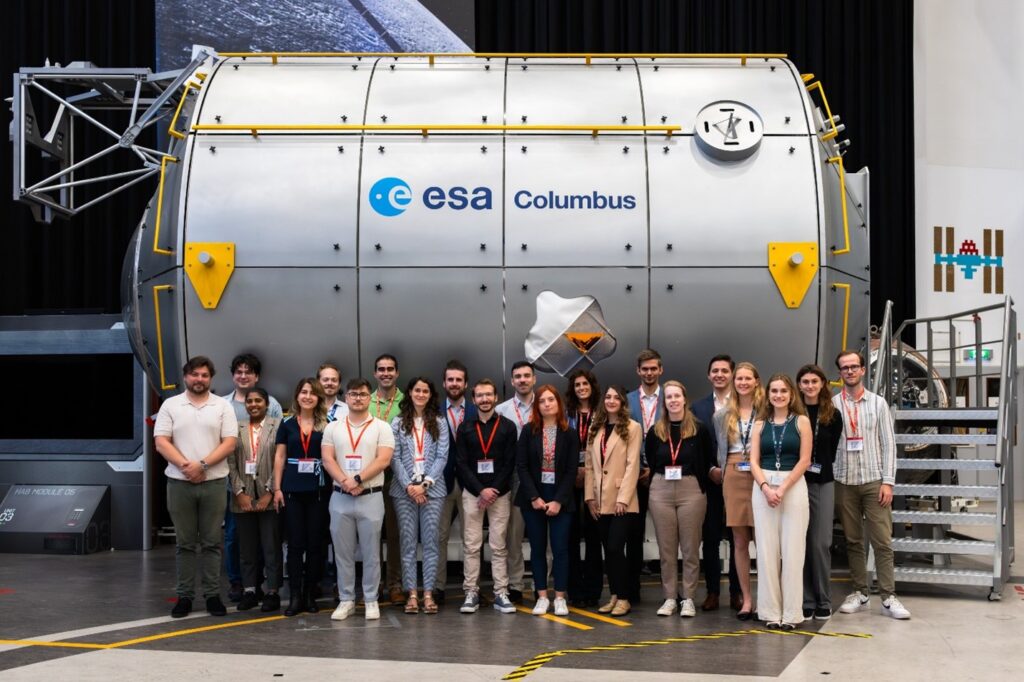
The highlight of the day included presentations from the six consortia:
- AIKO (with Tyvak and University of Turin)
Project: SHIELD
Focus: 12U–16U CubeSats with autonomous operations and Collision Avoidance (COLA), as well as an in-situ small debris detector. - ION-X (with AIKO, ALDORIA, and Space Inventor)
Project: SARA
Focus: 16U platform featuring autonomous collision avoidance capabilities. - Aurora Propulsion Technologies (with Huld, Finnish Meteorological Institute, and Space Inventor)
Project: Charon
Focus: Electrodynamic tether for deorbiting, using a 12U CubeSat plus a tuna can extension. - ISISPACE (with Neuraspace)
Project: CleanCube
Focus: 12U Zero Debris platform with enhanced disposal systems, health monitoring, and a robust collision avoidance strategy. - GMV (with Alen Space and IENAI S.L.)
Project: SpaceKeepers-1
Focus: 16U platform designed for visual brightness mitigation and equipped with a space locator beacon. - Stellar Space Industries (with EnduroSat Italy)
Project: CleanCube VLEO
Focus: Air-Breathing Electric Propulsion (ABEP) to enable CubeSat operations in Very Low Earth Orbit (VLEO).
Technological gaps
The CleanCube campaign has revealed critical technological gaps that must be addressed to enable truly Zero Debris-compliant CubeSat platforms. These gaps span across hardware, software and operational domains, and are particularly acute for smaller platforms (1U–3U), which face tighter constraints in mass, power and volume.
Key Areas of Concern:
1. Reliable End-of-Life Disposal
- There is a lack of high-TRL, low-power deorbiting systems suitable for 1U–3U CubeSats.
- Reliable, miniaturised propulsion systems for controlled deorbiting and collision avoidance remain underdeveloped, and ensuring rapid availability of collision avoidance manoeuvres post-launch continues to be a challenge.
- Passive deorbiting technologies such as drag sails and tethers are promising but need further integration and standardization.
2. Reliable Passivation
- Technologies for safe passivation of CubeSats at end-of-life are not yet mature or widely adopted.
- Autonomous passivation triggers and fail-safe mechanisms are needed to ensure compliance even in the event of system failure.
3. System Resilience and Monitoring
- There is a need for standardised health monitoring systems, particularly for COTS-based platforms.
- Reliability models for CubeSats and COTS components are still in early development, limiting the ability to predict and mitigate failures.
- In-orbit data availability is limited, making it difficult to validate resilience strategies.
4. Collision Risk Reduction
- Autonomous Collision Avoidance Manoeuvres (CAMs) are still at low maturity.
- Currently used trackability and identification aids, especially during the detumbling and commissioning phases, are insufficient to comply with identification requirements.
- There is no standardised protocol for Space Traffic Management (STM) and coordination of CAM decisions.
- Commissioning challenges include:
1. Limited trackability immediately after deployment.
2. Need for CAM capabilities to be operational within 2 days post-launch.
3. Risk of spacecraft being dead on arrival, with no possibility of manoeuvring or identification.
5. Dark and Quiet Skies
- Solutions to mitigate the visual impact of CubeSats on astronomy are still emerging, with low maturity and limited implementation.
- No available tool to assess the impacts effectively.
These findings underscore the need for targeted technology development and stronger collaboration between ESA, integrators, and suppliers to close these gaps and ensure CubeSats can operate responsibly in the long term.
Lessons Learned
The campaign revealed several critical insights:
- Zero Debris is a system-level challenge, requiring integration across the full satellite lifecycle, from commissioning to disposal.
- CubeSats face unique hurdles, including limited trackability, increased collision risks, and the need for rapid commissioning and manoeuvring capabilities.
- Reliability and resilience remain key gaps, particularly in ensuring successful disposal and passivation even in failure scenarios.
- Dark and Quiet Skies considerations are emerging as a new design driver, especially for CubeSat constellations.
Toward an In-Orbit Demonstration
The CleanCube campaign is now transitioning toward IOD missions. ESA plans to launch up to three co-funded Phase A studies in 2025, each with around €200k in support, leading to a competitive IOD mission by 2027.
The IOD missions will be built around platforms integrating Zero Debris technologies, with ESA co-funding their development and in-orbit demonstration. These platforms will serve as hosts for commercial or institutional payloads, which are expected to contribute to the remaining mission costs. This approach offers CubeSat integrators a competitive advantage in meeting future sustainability requirements, while accelerating the adoption of Zero Debris strategies in the small satellite sector, in line with ESA’s broader Zero Debris Charter goals.
Next steps
ESA is actively engaging with industry to close the remaining technology gaps in CubeSat sustainability, particularly in areas such as deorbiting and passivation systems, compact propulsion, autonomous onboard software, tracking and identification, and visual brightness mitigation. These collaborations are essential to realising the Zero Debris vision and ensuring the long-term sustainability of space activities.
Related Content
- Follow our Clean Space LinkedIn Page
- Learn more about the Zero Debris initiative
- Explore the Space Debris Mitigation Requirements (ESSB-ST-U-007 Issue 1)
| This post has been prepared by Claudia Pastori, intern in the Cleanspace team. |
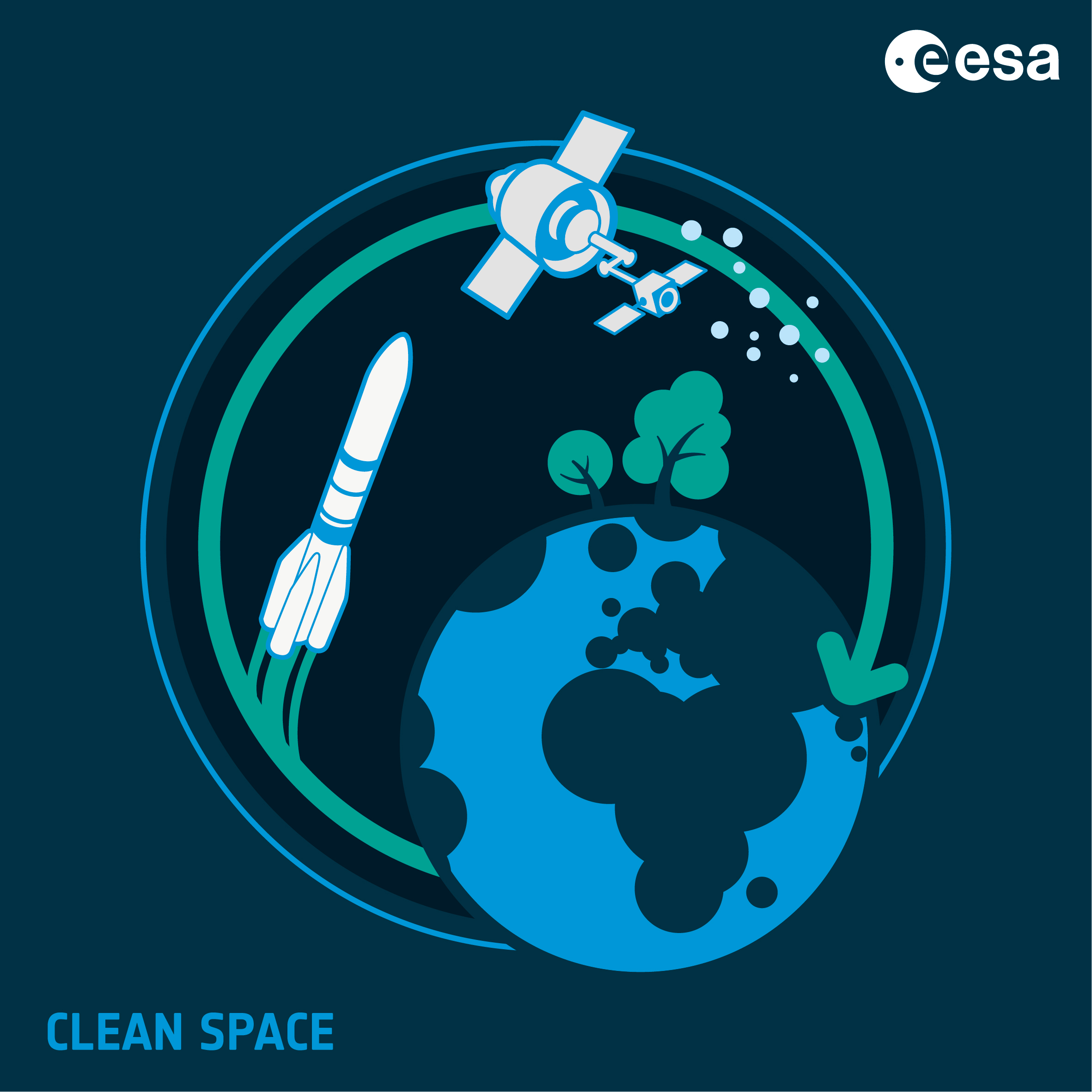

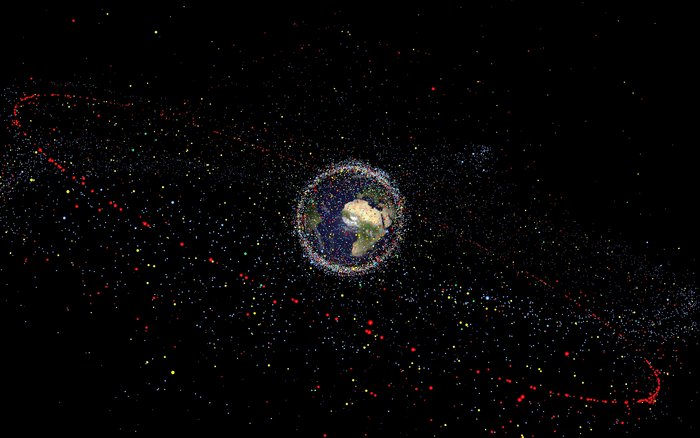
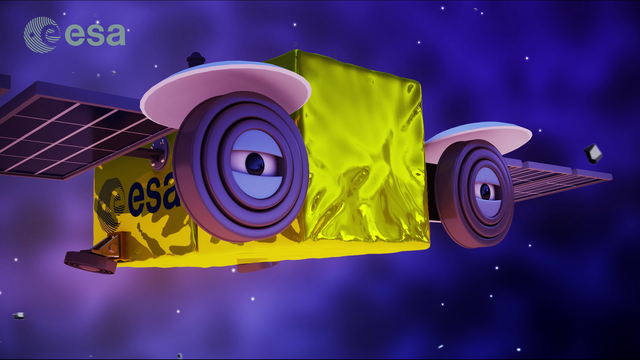
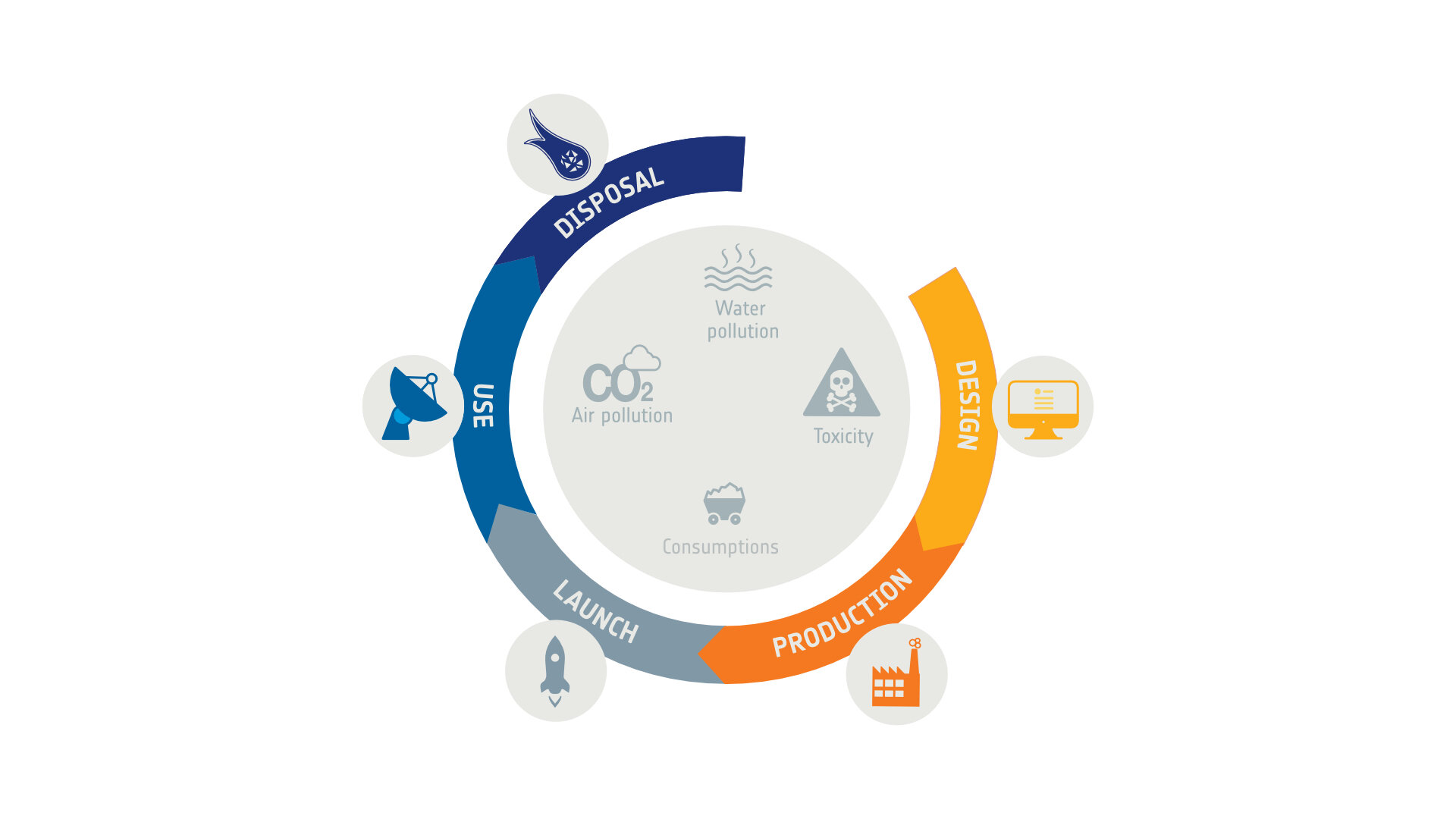
Discussion: no comments